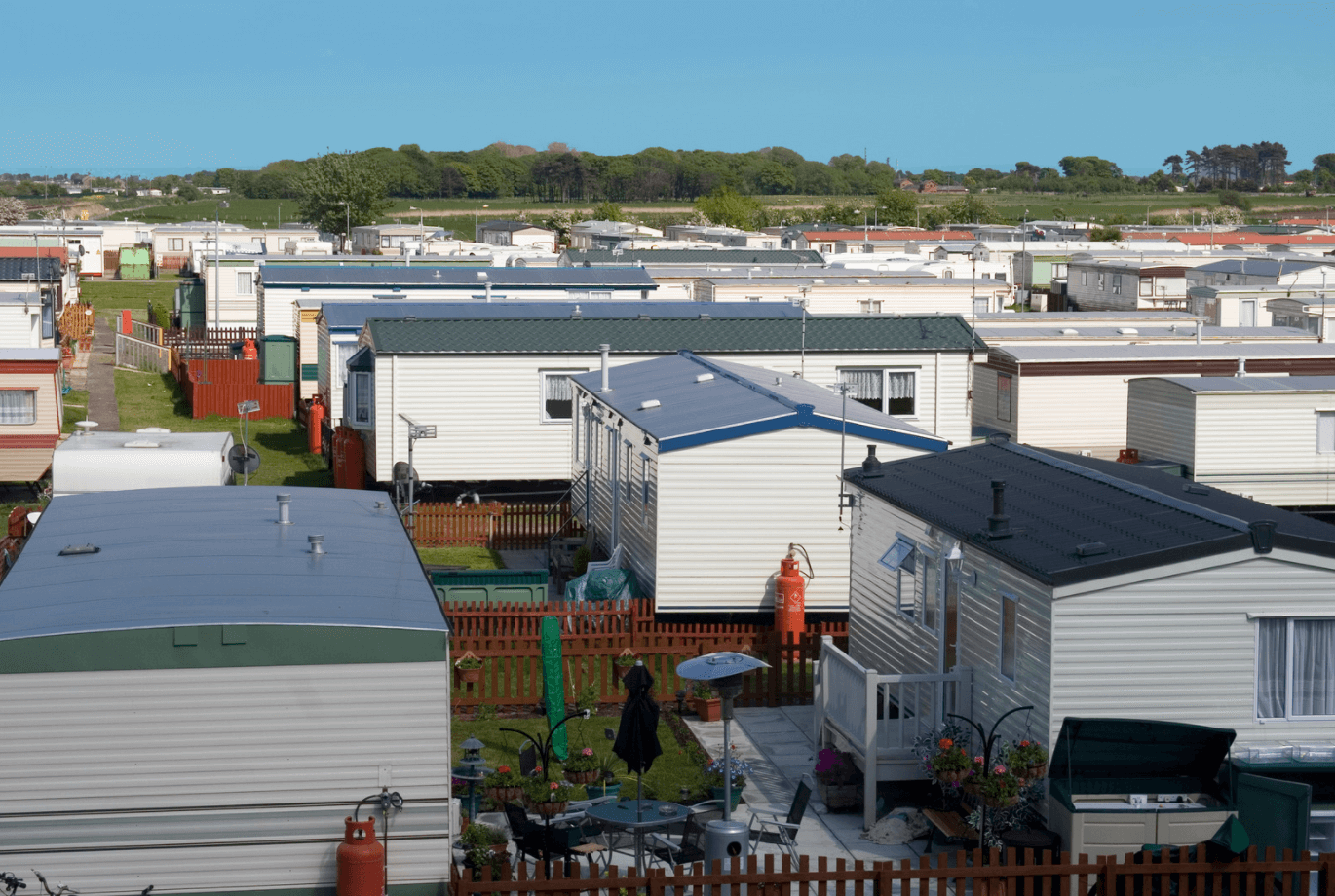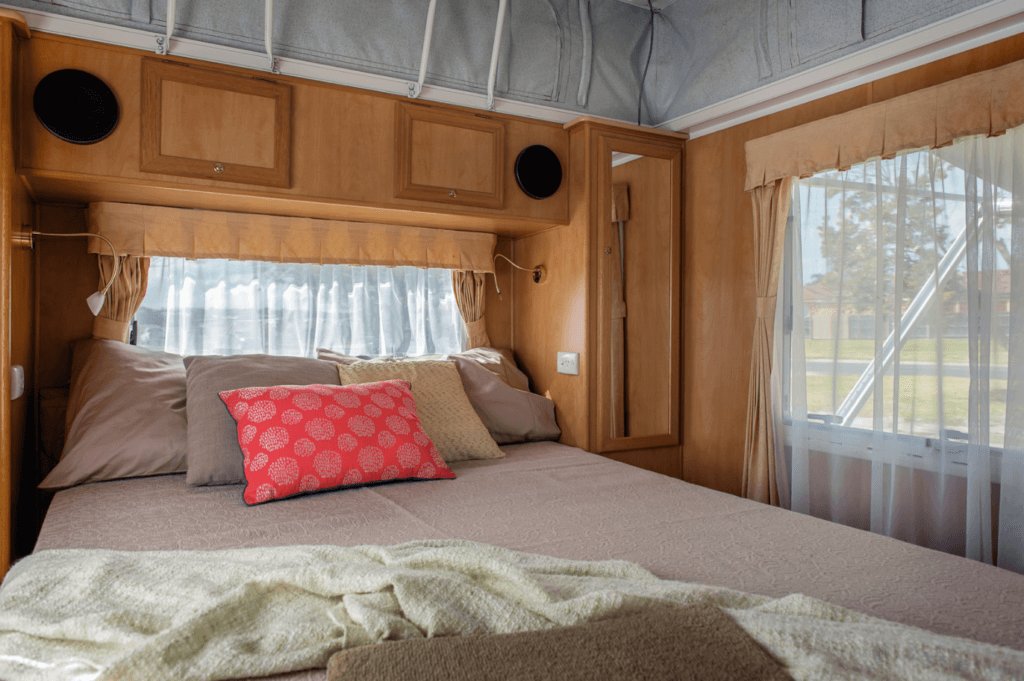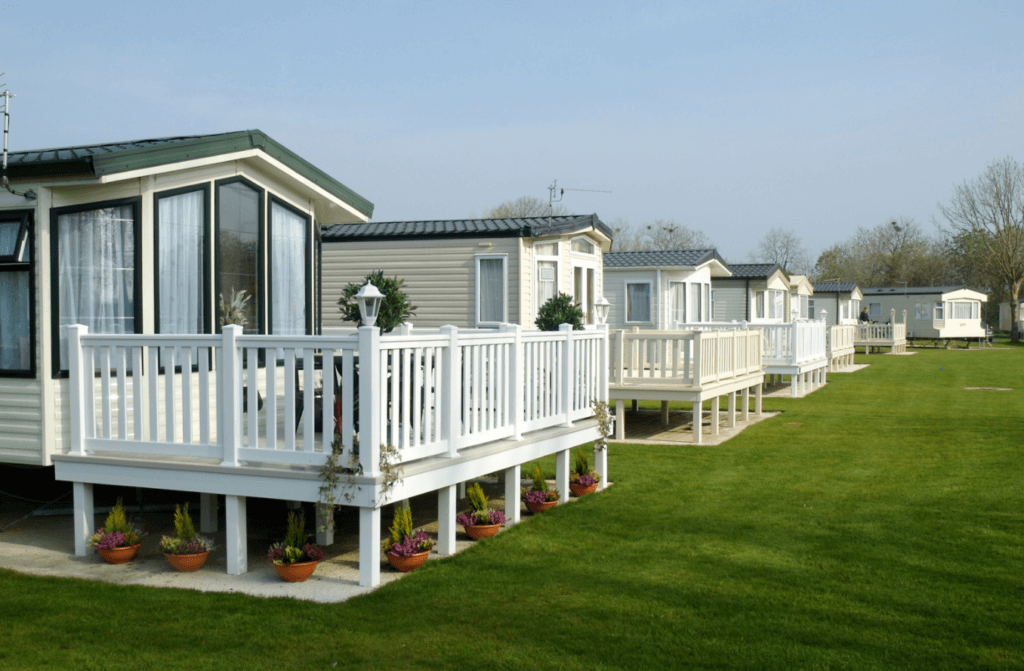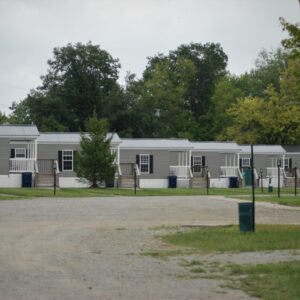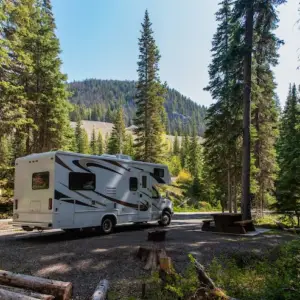How Are Caravans Made? Caravans are available in a wide range of styles and sizes. They can be enormous or little and a home away from home. But what are caravans composed of, and what are the materials used?
Modern caravans are made from various materials, including metals, plastics and composites. They usually consist of two or three sections that can easily be assembled and disassembled for transportation.
The caravan’s body is typically made from metal or plastic, while the roof and floor are made from composites. This makes them both strong and easy to move around. Televisions, water supplies and kitchen equipment are all common features inside caravans, in addition to beds and seating.
Caravans can be light enough to be pulled by a family saloon or large truck, depending on how many people need transporting – most modern caravans tend to be very light and small, while larger caravans are generally used for more luxurious holidays. Following are the main steps involved in the making of the caravan:
Cutting Wood Panels: Usually, the plywood panels with different thickness levels come ready to be decorated. They are normally cut into planks that will be utilized to construct various furniture pieces.
Preparation For Assembly: Before gluing the draperies, the angles and edges of the panels are routed. The panels are then stored until they are ready for assembly.
Making Furniture: The furniture comprises modules (bedside tables, closet, kitchen, bathroom) ready to be erected. The pre-wiring for the gas and water circuits and taps are also installed in the kitchen and sanitary facilities.
Side Panel Preparation: Each side face is 25 mm thick and comprises a sandwich panel (extruded polystyrene insulation, 2mm plywood, polyester skin). The specialized paint sticks are used to stick the stickers, followed by the installation of the electrical panel and the mosquito blinds.
Preparation Of The Chassis: The sandwich panel is used to make the 35mm floor (extruded polystyrene insulation, 8mm plywood, 3mm waterproof plywood). This is when the electrical system is completely rewired.
Furniture & Wall Installation: The pre-wired chassis supports the heaviest furniture initially, such as the bed, kitchen unit, refrigerator, and bathroom. Before the high cupboards, the side partitions will be installed in the 2nd step.
Roof Assembly: Most recent caravan models include a 32 mm sandwich panel anti-hail roof (extruded polystyrene insulation, 3 mm plywood, polyester skin). A lift installs it once it’s finished.
Facade Development: The front and back faces of the module are constructed directly on it. The gas box and polyester panel insulation are custom-made to your specifications.
Body Finishes: This final operation requires patience and care while attaching the waterproof sole to the corners of the panels, as well as the bays, awning rails, and doors. This is the point at which the caravan is sealed.
Quality Control: This essential stage, where the gas and water circuits are tested, is usually created by a brand’s reputation. It’s also a good idea to double-check the lighting, door settings, and furniture finishes at this time. Before leaving the workshop, the weight of the caravan is checked.
Details: Even though it necessitates good cleanliness, the installation of the pillows and curtains, the final beautification job is completed with a grin.
How Are Caravans Made? What are caravans made of?
A caravan is a type of vehicle that can be towed by a car and used for travelling or living. Caravans are made of different materials, depending on their design and function. Some common materials are:
– Wood: This is used for the frame of the caravan, as it is light, flexible and cheap. However, wood can rot or warp if exposed to moisture or heat.
– Fibreglass: This is used for the outer shell of the caravan, as it is strong, durable and resistant to corrosion. Fibreglass can also be moulded into different shapes and colours.
– Sheet aluminium cladding: This is used for the exterior panels of the caravan, as it is light, easy to install and low-maintenance. Aluminium can also reflect heat and light, keeping the caravan cool.
– Insulating foam: This is used for the inner walls and floor of the caravan, as it helps to keep the temperature and noise levels comfortable. Foam can also reduce condensation and mould growth.
These are some of the main materials that are used to make caravans, but there may be variations depending on the manufacturer and model of the caravan.
What Materials Are Used In The Making Of A Caravan?
The three main materials used in caravan construction are aluminum, steel and plastic. Aluminum is a lightweight metal that can be easily worked, so it’s often used for the caravan’s body. Steel is a strong and durable metal, so it’s commonly used for the chassis and frame of the caravan.
Plastic is a versatile material that can be molded into any shape, so it’s often used for caravans with roofs or walls that can be moved into different configurations.
Fiberglass and wood are other common materials used in caravan construction, and fiberglass can be used to build both the body and roof of a caravan. Caravan manufacturers use different combinations of these materials for their caravans.
The use of fiberglass insulation, especially if it’s combined with roofing felt and waterproofed, can significantly improve energy efficiency. Fiberglass is the ideal material for soundproofing because it is extremely insulating and resistant to heat, cold, rain, and sunlight. Its resistance to extreme conditions makes fiberglass a highly desirable material.
How Are The Floors Of Caravans Made?
Caravan floors are constructed in the form of a sandwich, consisting of a layer of very thin plywood that has been painted with waterproofing paint, some wooden slats between which high-density styrene is sandwiched, another layer of plywood that is usually thicker, and finally, the floor that we see in our caravan, which is usually made of vinyl flooring.
Is It Possible To Install Underfloor Heating In A Caravan?
Yes, underfloor heating may be installed in a trailer. Some caravan models come equipped with an underfloor heating system, so check with your manufacturer to see whether this is possible for the model you already possess.
What Kind Of Materials Do You Use To Refinish Caravan Flooring?
Laminate planks, which resemble hardwood floors and can be utilized throughout the trailer, are popular in modern caravans. This type of flooring may be dressed up with rugs in places like the bedroom and living room while still retaining a unique, trendy, and easy-to-clean look throughout the caravan.
What Kinds Of Wood Can Be Used For Caravan Floors?
Meranti, a durable wood, is commonly used in caravan timber frames. They utilize this wood because it is light and long-lasting and is also very inexpensive. The wood is inherently fairly flexible, having been dried in a kiln and quite straight.
Meranti is good because, unlike some metals, it is unlikely to rust. You may buy meranti in various colors, but the color has little to do with the quality of the wood and is just decorative.
Summary
Static caravans typically come in a variety of aluminum-framed designs. Most static caravans, either customized or factory-built, incorporate power points and lighting. Other features include hot water systems, a gas supply for cooking, and space inside for beds and storage.
Caravan manufacture involves creating the frame [the structure of the caravan] and then covering it with waterproof material. The frame is made from steel beams, and small pieces of wood called chines [which make up the very bottom of the caravan].
The whole structure is covered in either an aluminum or fiberglass outer shell, which protects against rain and dampness inside the caravan.
